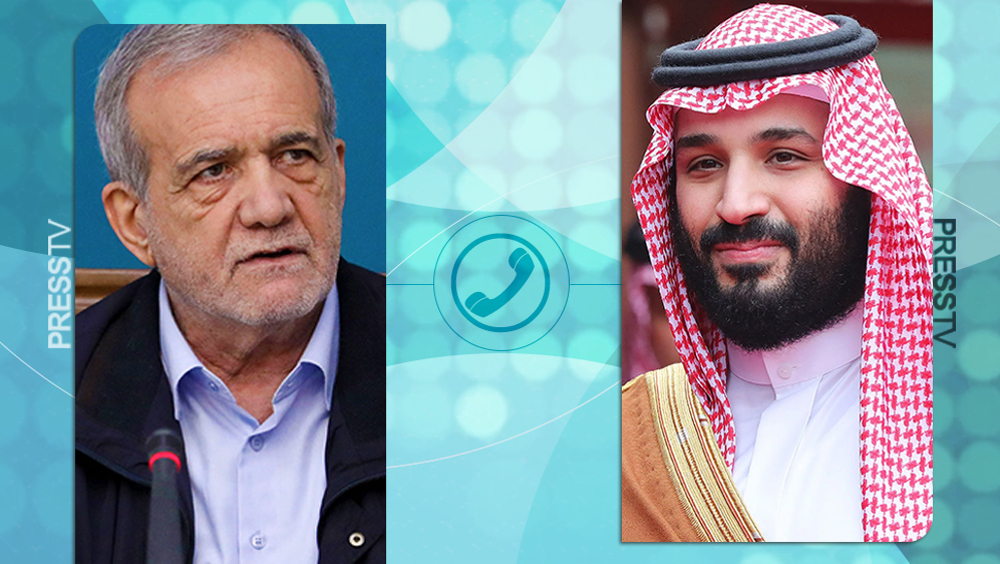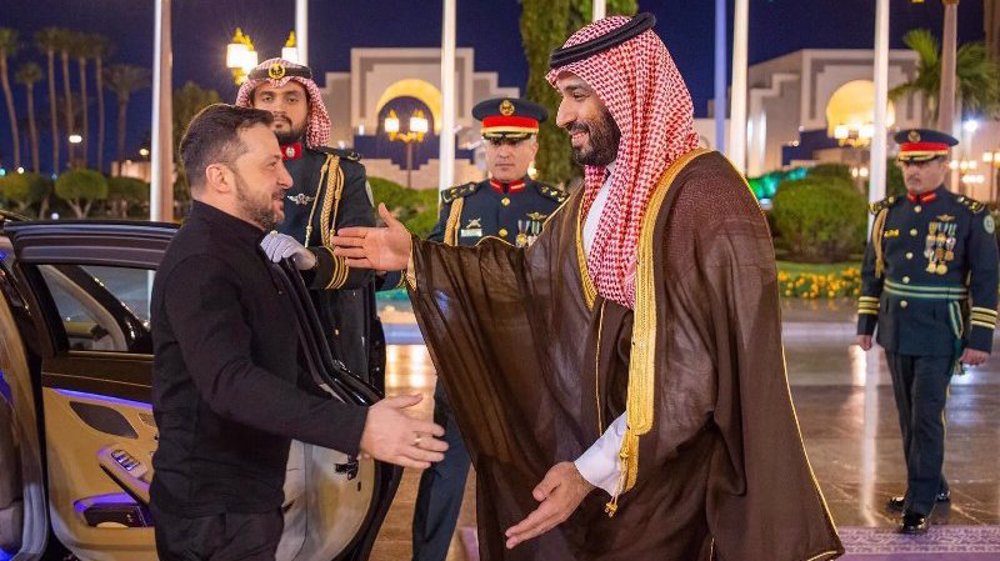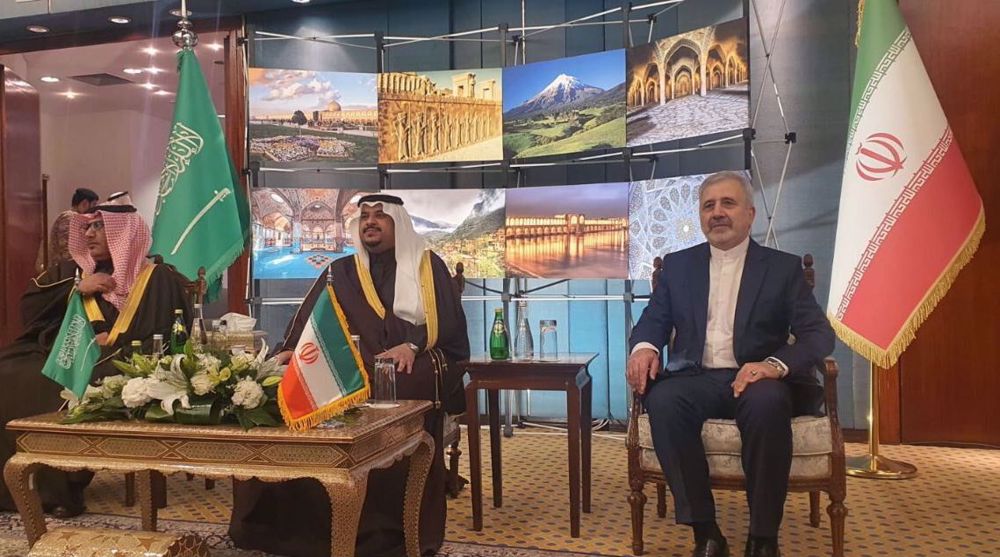Saudi Arabia plans to increase oil output next month, well above 10mn bpd: Bloomberg
Saudi Arabia, the world's top crude exporter, reportedly plans to increase oil output next month to more than 10 million barrels per day (bpd) after its OPEC+ alliance with Russia collapsed, a move that would throw oil market into chaos.
The kingdom started a price war on Saturday by slashing the prices it sells crude into foreign markets by the most in at least 20 years, offering unprecedented discounts in Europe, the Far East and the US to entice refiners to purchase Saudi crude at the expense of other suppliers, Bloomberg News reported.
Speaking on condition of anonymity, sources familiar with the conversations told Bloomberg that Saudi oil output is likely to rise above 10 million barrels a day in April, from about 9.7 million a day this month.
“That’s the oil market equivalent of a declaration of war,” said a commodities hedge fund manager who spoke on condition of anonymity.
Saudi Aramco slashes crude oil prices and that's kicking off a global price war https://t.co/1OfQUO7yHG
— Bloomberg (@business) March 7, 2020
At the same time, Saudi Arabia has privately told some market participants it could raise production much higher if needed, even going to a record of 12 million barrels a day, according to sources familiar with the conversations who asked not to be identified to protect commercial relations, Bloomberg reported.
Crude prices logged their worst day since the financial crisis after Saudi Arabia and Russia, two of the world’s biggest oil producers, failed to agree on whether to reduce global supply in the face of the coronavirus’s devastating effect on demand.
Russia rejected an ultimatum on Friday in Vienna at the OPEC+ meeting to join in a collective production cut. After the talks collapsed, Russia indicated countries were free to pump at will from the end of March.
The shock-and-awe Saudi strategy may be an attempt to impose maximum pain in the quickest possible way to Russia and other producers, in an effort to bring them back to the negotiating table, and then quickly reverse the production surge and start cutting output if a deal is achieved, Bloomberg said.
“Saudi Arabia is now really going into a full price war,” Iman Nasseri, managing director for the Middle East at oil consultant FGE, told Bloomberg.
‘Worst meeting in OPEC history’
Iran’s Minister of Petroleum Bijan Zangeneh said Friday’s “fruitless” meeting of the OPEC+ was one of the group’s “worst ever”.
“This OPEC meeting was among the worst meetings I have ever seen during the history of this organization,” he said.
"Some members of OPEC were insisting that non-OPEC must definitely reduce production by a fixed amount and they did not accept that amount," Zangeneh said. “It was a very tough meeting and was almost fruitless.”
The Iranian minister said a reduction in the OPEC output that had been agreed upon in December 2019 was not extended in the meeting. “The market needs production cut and an agreement.”
The proposal sought an additional 1.5 million barrels per day (bpd) of oil cuts until the end of 2020 to adjust crude prices to falling international energy demands following the global coronavirus outbreak.
The Friday summit had also sought the extension of a 2.1 million bpd oil cut previously agreed by the OPEC + members, meaning the proposed total of the cuts envisaged on Friday would have been 3.6 million bpd or about 3.6% of global supplies.
Russia, a non-OPEC member, however, argued that it was too early to predict the impact of the outbreak.
The existing oil cut will expire in March, allowing OPEC+ members to pump at will in an already oversupplied market.
News of the OPEC summit’s failure has since sent the price of benchmark crude into a tailspin, with oil prices down more than 6% at $47 per barrel on Friday.

Pezeshkian: Iran's capability in defending itself at highest level

Zelensky in Saudi Arabia for support after clash with Trump in US

Tehran, Riyadh expanding, deepening mutual cooperation: Iran’s ambassador
US airstrikes target multiple sites across Yemen’s Sa’ada
Israel launches ground attacks in Gaza, mounts deadly strikes
Israeli strike kills three, including Hamas official, in south Lebanon
South Korea's court removes president over martial law controversy
Pezeshkian: Iran's capability in defending itself at highest level
VIDEO | Trump’s tariffs risk global trade war; EU prepared to retaliate
VIDEO | Netanyahu visits Hungary despite arrest warrant
VIDEO | Madrid cultural event for Syria with documentary hailing fight against Takfiris








 This makes it easy to access the Press TV website
This makes it easy to access the Press TV website